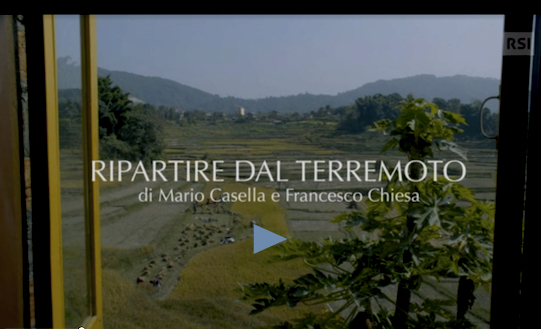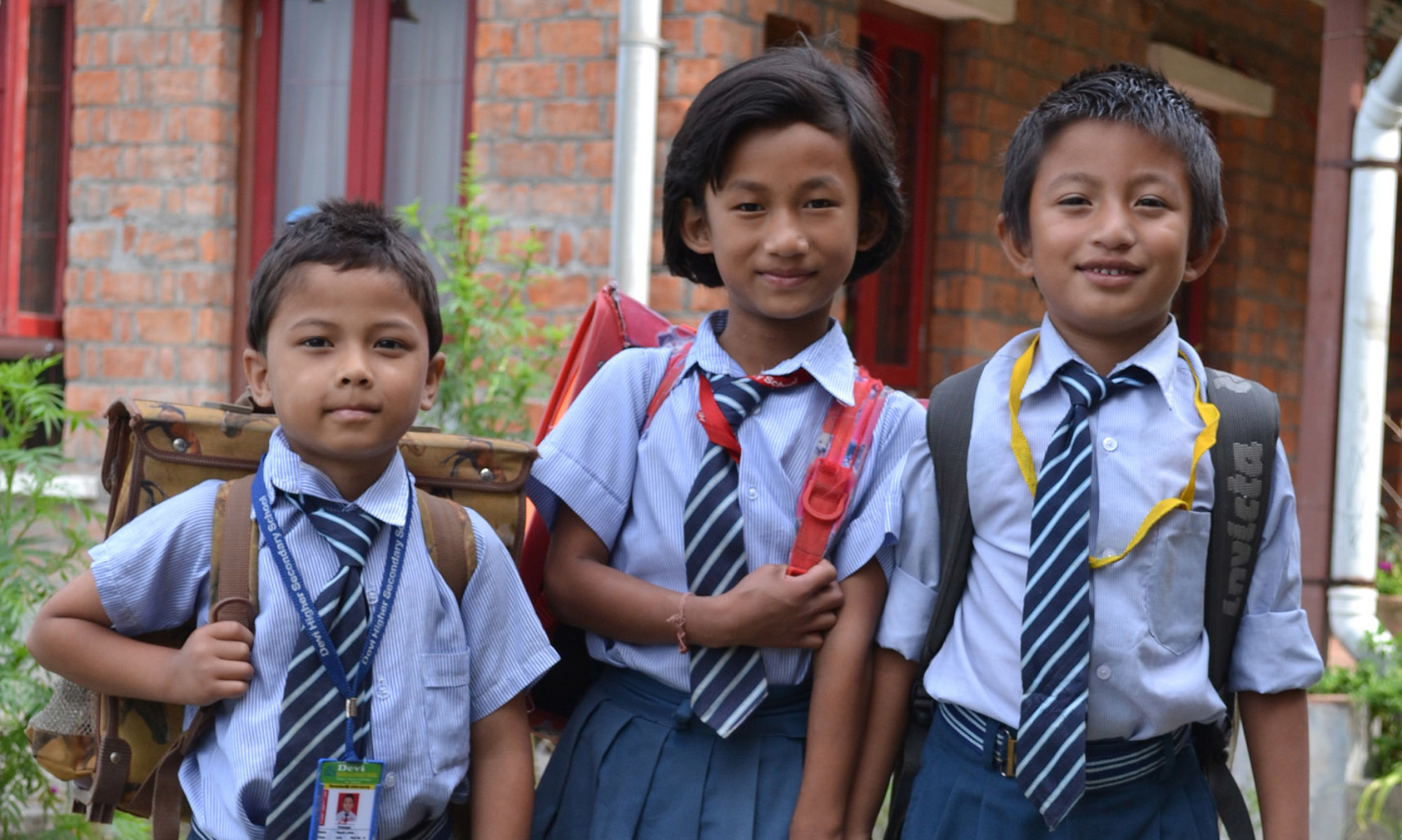Saipu Reconstruction Project
Saturday April 25th 2015, an earthquake of magnitude 7.8 hit Nepal causing substantial damages and the death of almost ten thousand people.
1) Relief phase
Thanks to a consolidated local network, Kam For Sud could immediately react and organize first-aid interventions during the relief phase. The interventions focused on locations where Kam For Sud was already operative before the seism, where the integration in the local community allowed to be focused, coordinated and effective.
The first-aid operations consisted in:
- water purification to prevent epidemics
- food distribution and emergency financial aid
- distribution of emergency shelters (tarpaulins, tents, mattresses, sleeping bags)
- solar panels distribution
- structural security check of partially damaged buildings
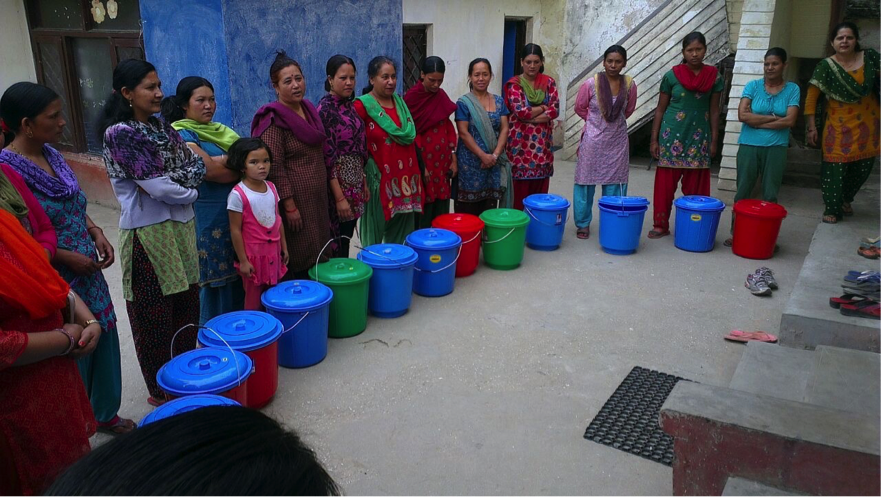
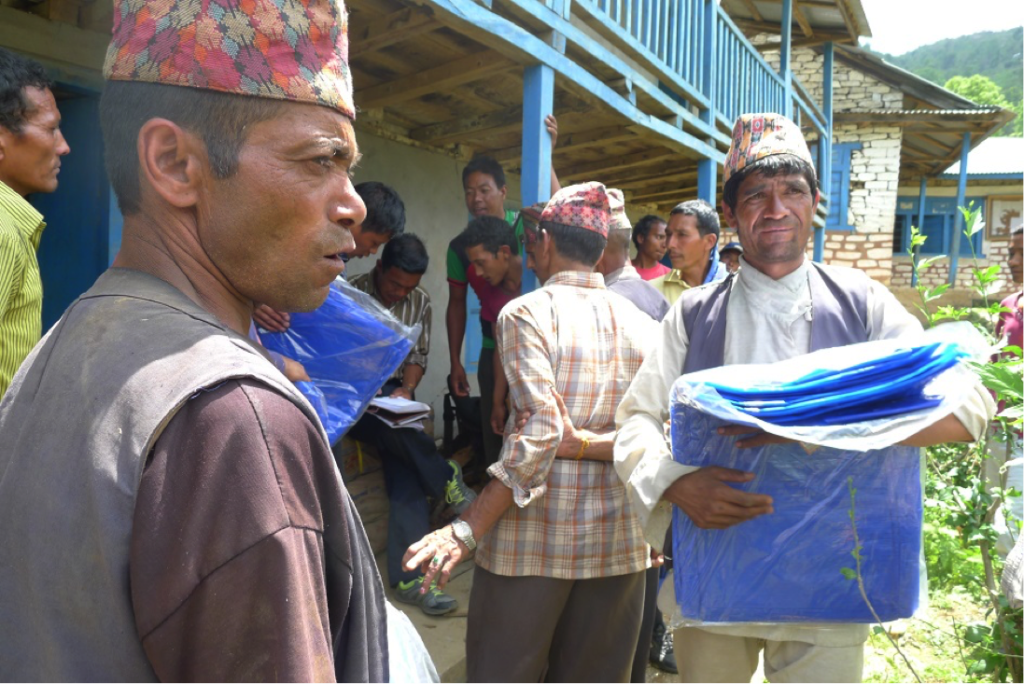
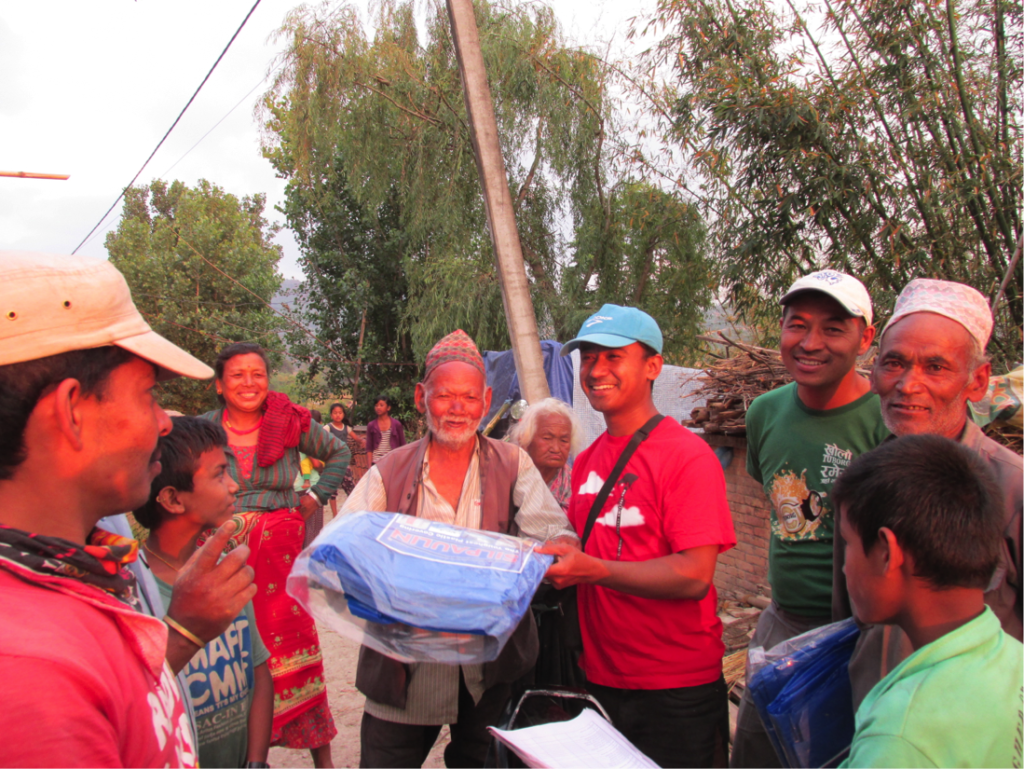
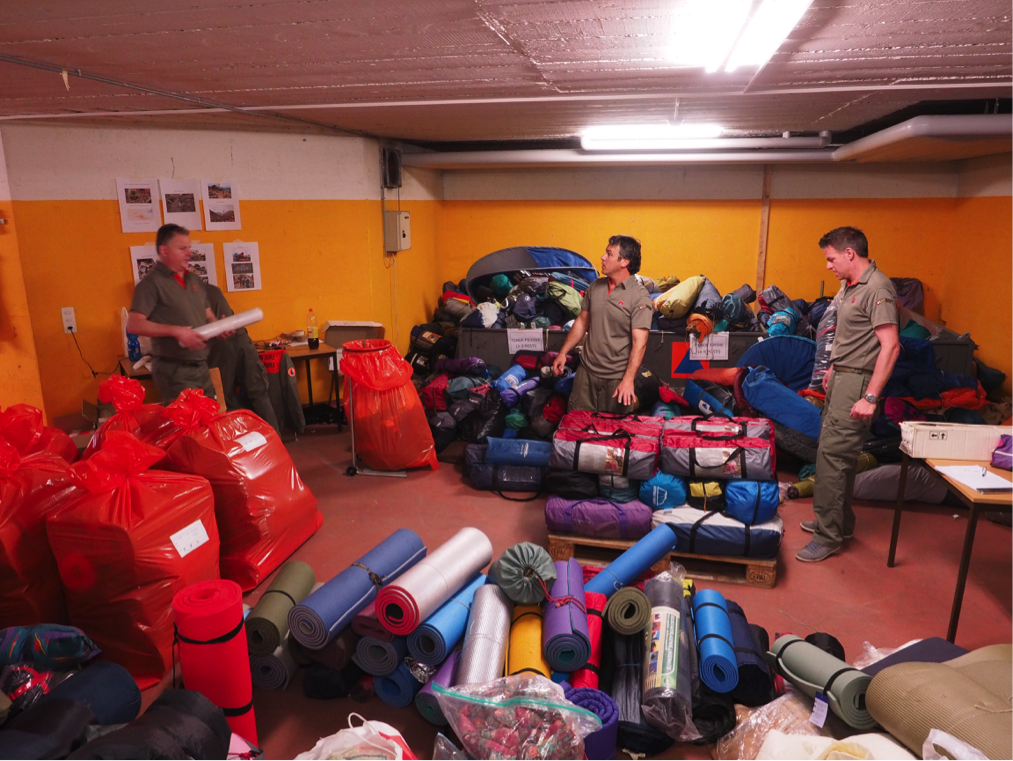
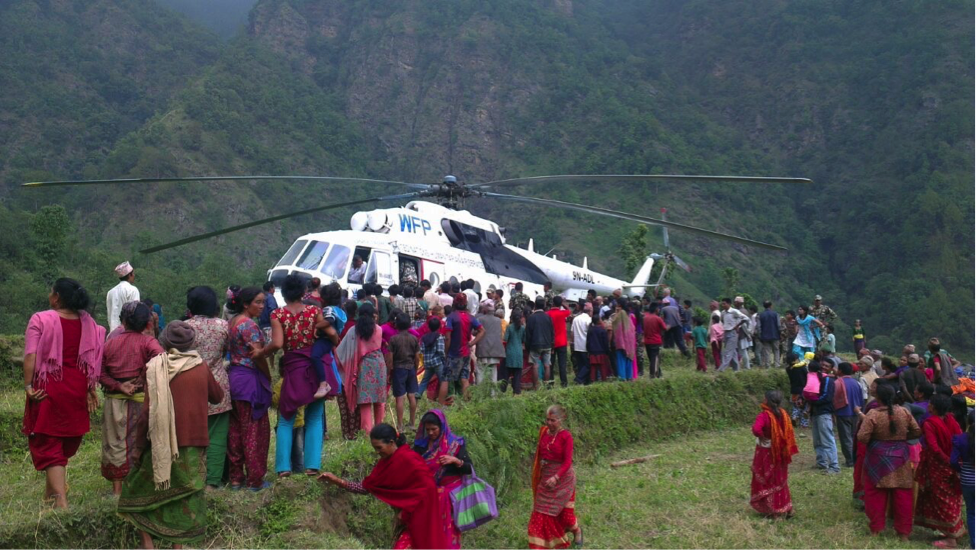
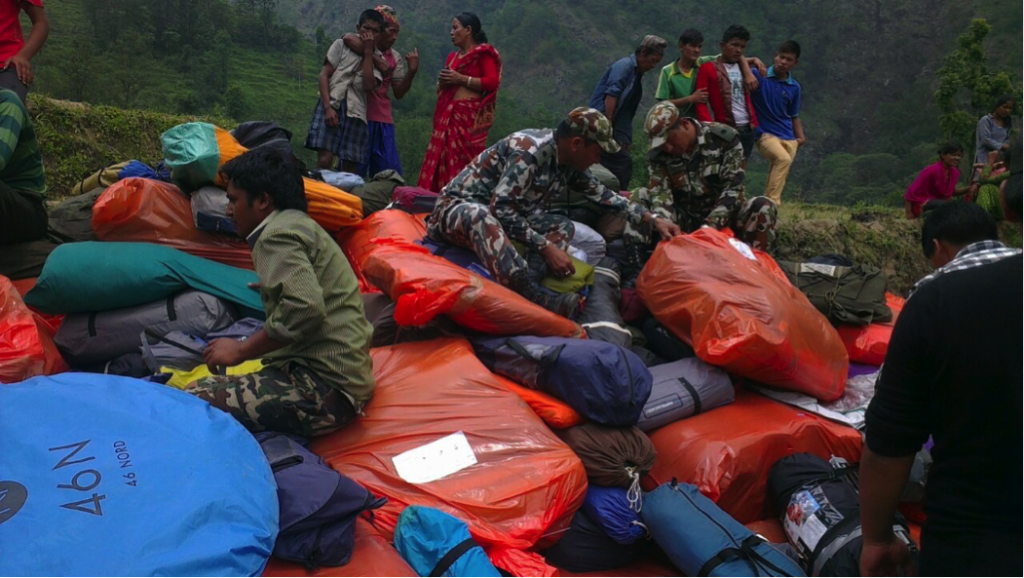
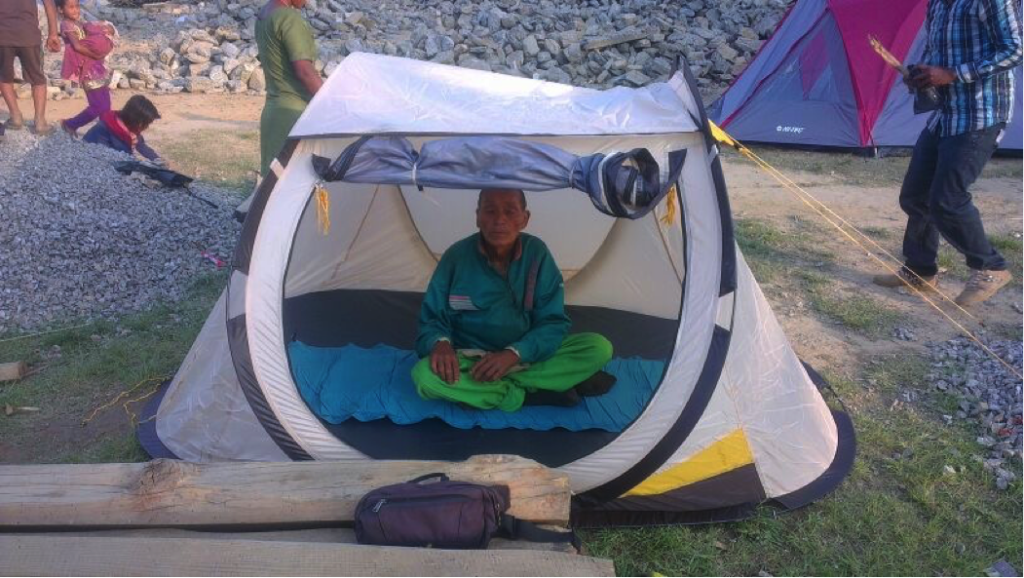
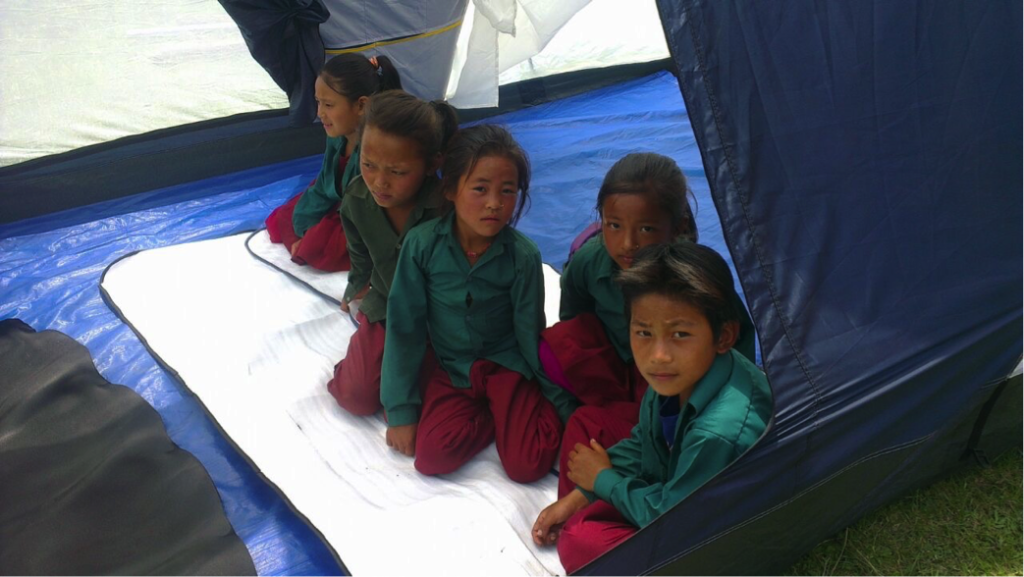
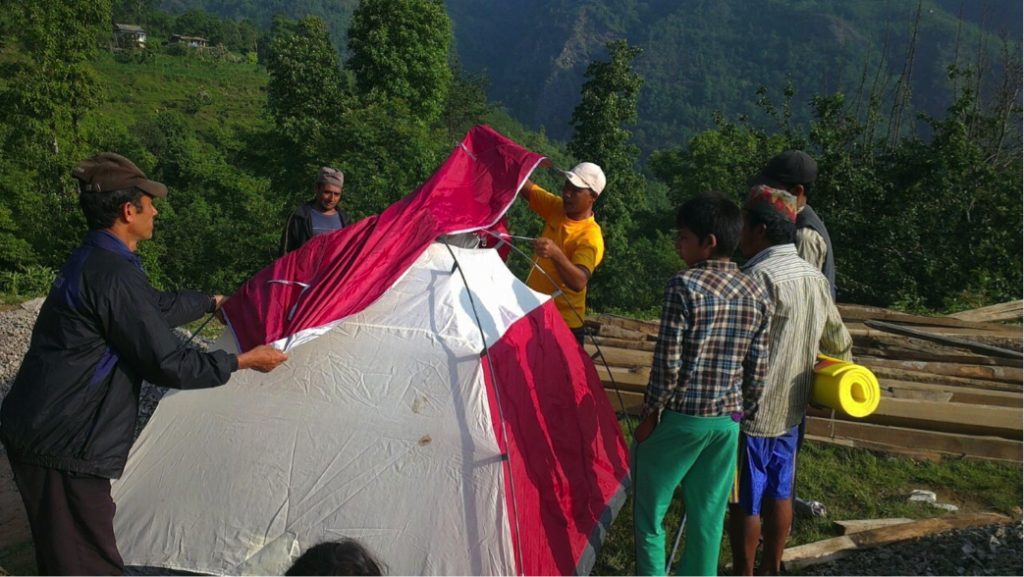
The Nepalese staff of Kam For Sud, particularly the staff of the Tathali Children Home –where the logistic base was initially set thanks to the seismic resistance of the buildings– did all they could to contribute to the success of the operations during the relief phase.
In Switzerland, a task-force, composed by Michele Passardi (economist), Gian Antonio Romano (medical doctor), Daniel Pittet (civil engineer expert in post-disaster reconstruction) Marco Cerulli (logistics) and Silvia Lafranchi Pittet (project coordinator) ran the short and medium-term operations, with the help, in the emergency phase, of the Civil Protecion Force of Ticino. On the other hand, an impressive collecive support from a multitude of small and big donors gave Kam For Sud, after the emergency phase, the strength to commit to the reconstruction of an entire village.
2) The reconstruction in Saipu
The challenges of the post-earthquake reconstruction
- Demand and supply of materials and manpower are completely unbalanced;
- The total cost is enormous;
- Custom-made anti-seismic solution, adapted to different specific contexts, are necessary;
- Anti-seismic techniques must be culturally and economically sustainable, as well as recognized by the government;
- In the case of Nepal, the institutional context is weak and instable;
At first it was necessary to build a base camp in Saipu’s village, where the working team could stay safely. The works started in fall 2015 and were completed in the beginning of 2016, thanks to the substantial contribution of civilists and volunteers. The base camp was realized in bamboo (treated for long lasting) and clay. The result is a very flexible (anti-seismic) building, not costly, that was also used as a model for temporary shelters.
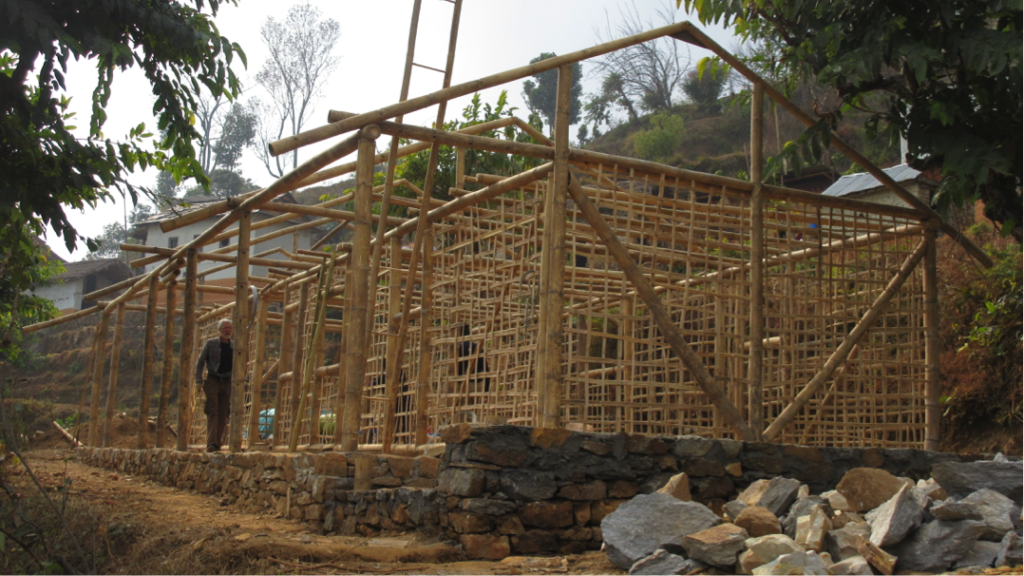
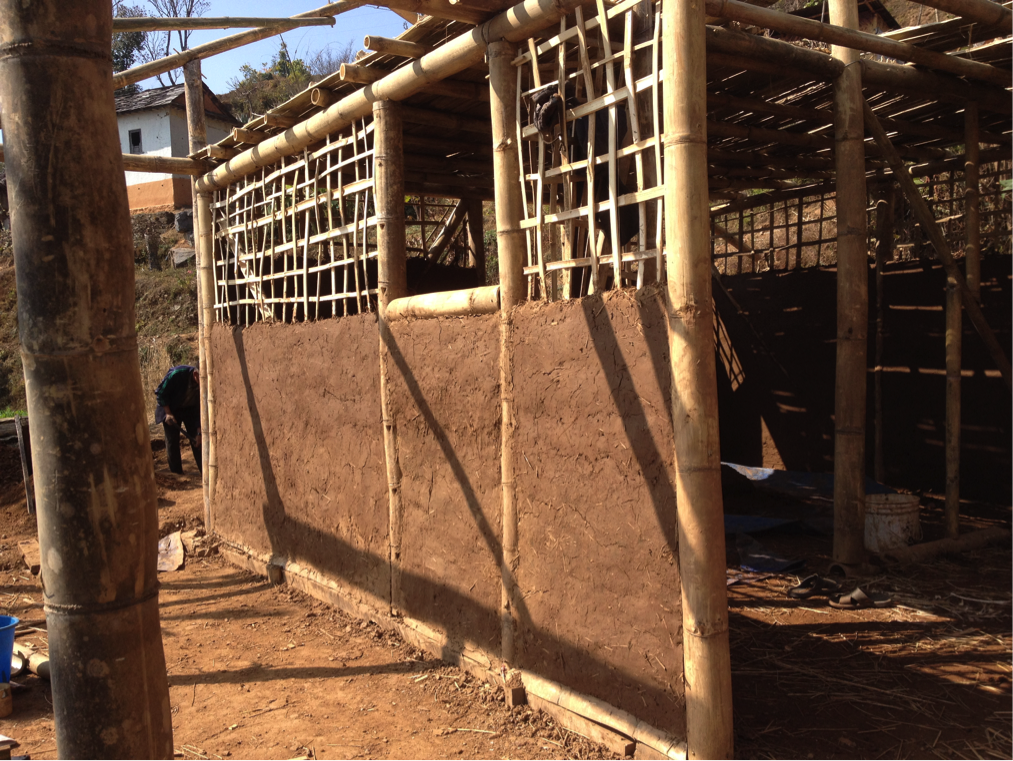
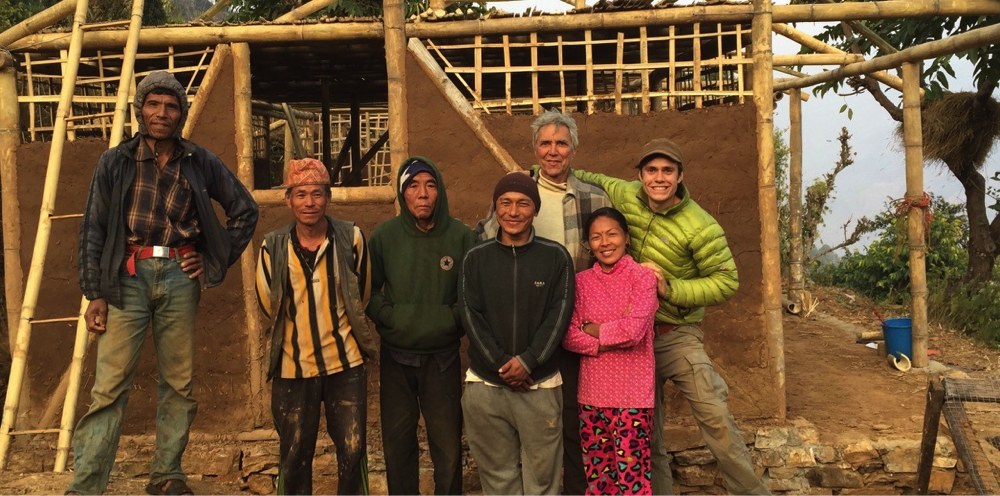
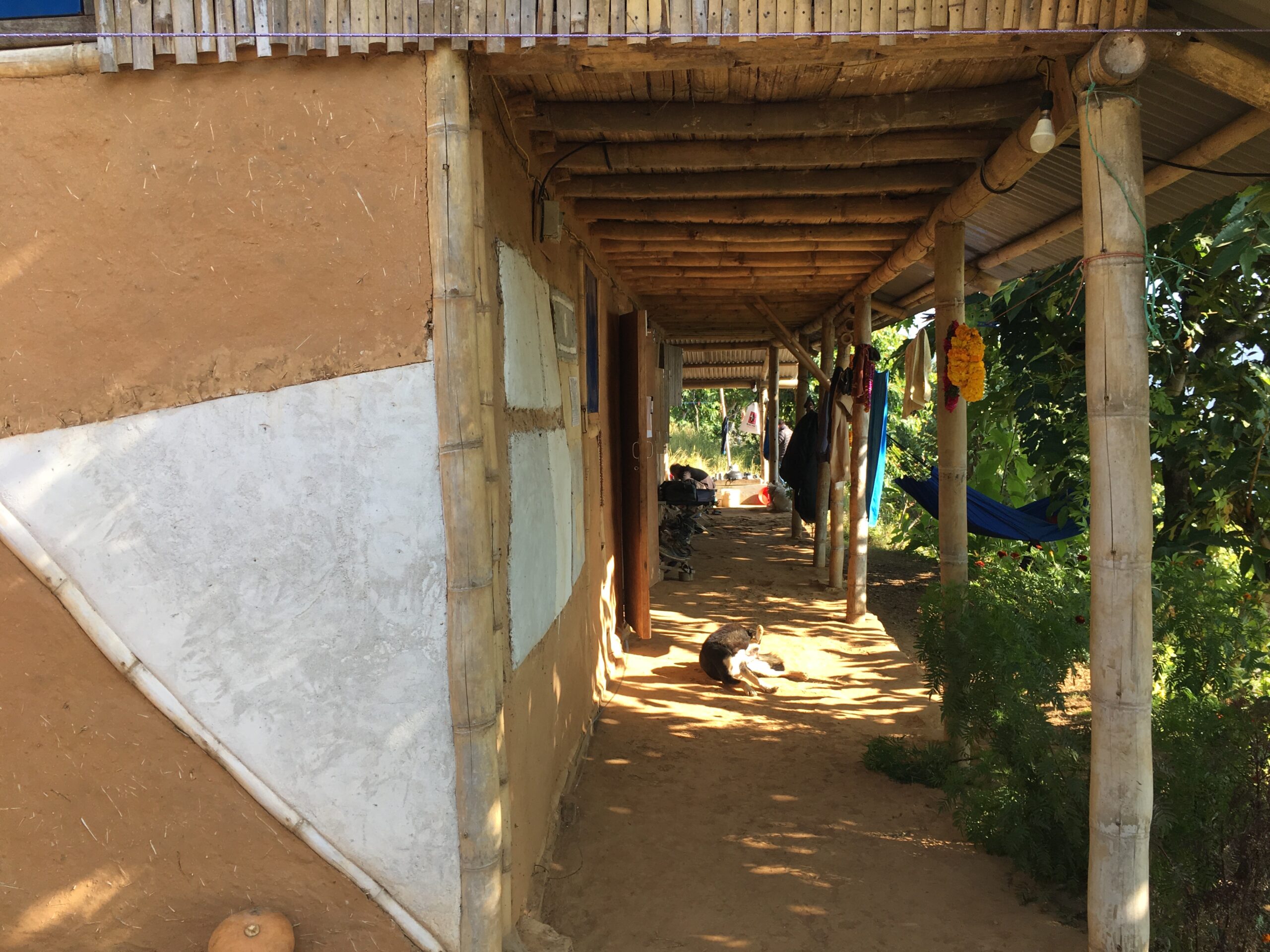
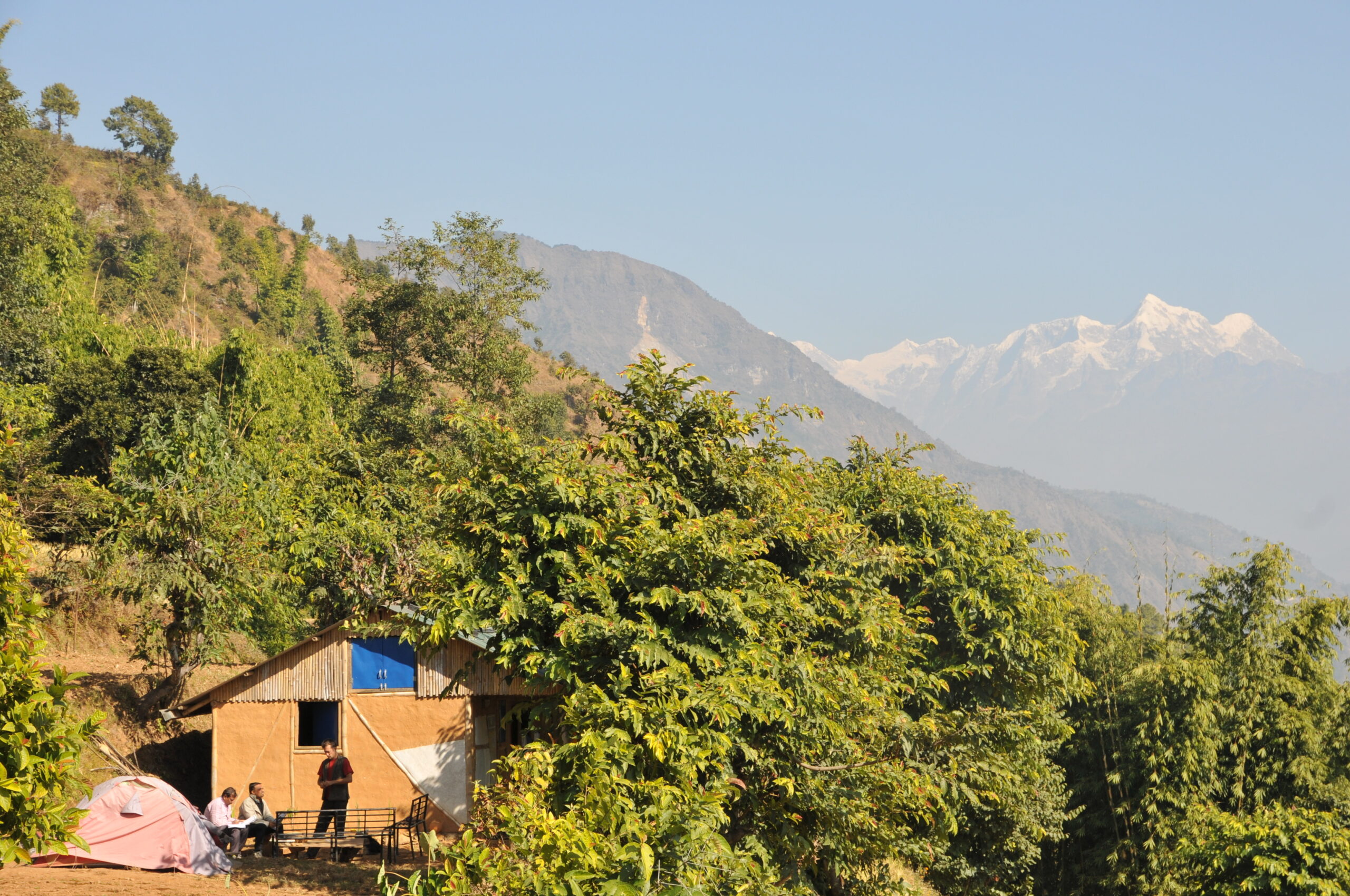
The reconstruction project for the village of Saipu was then structured in four different modules.
Module 1
Training of about hundred masons and carpenters to cope with the shortage of qualified manpower
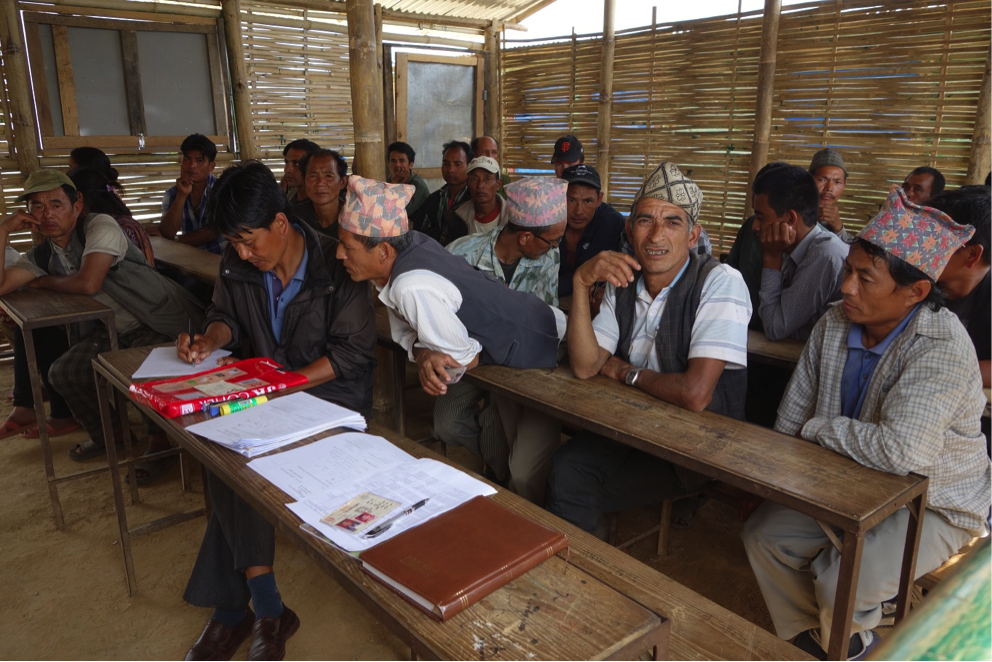
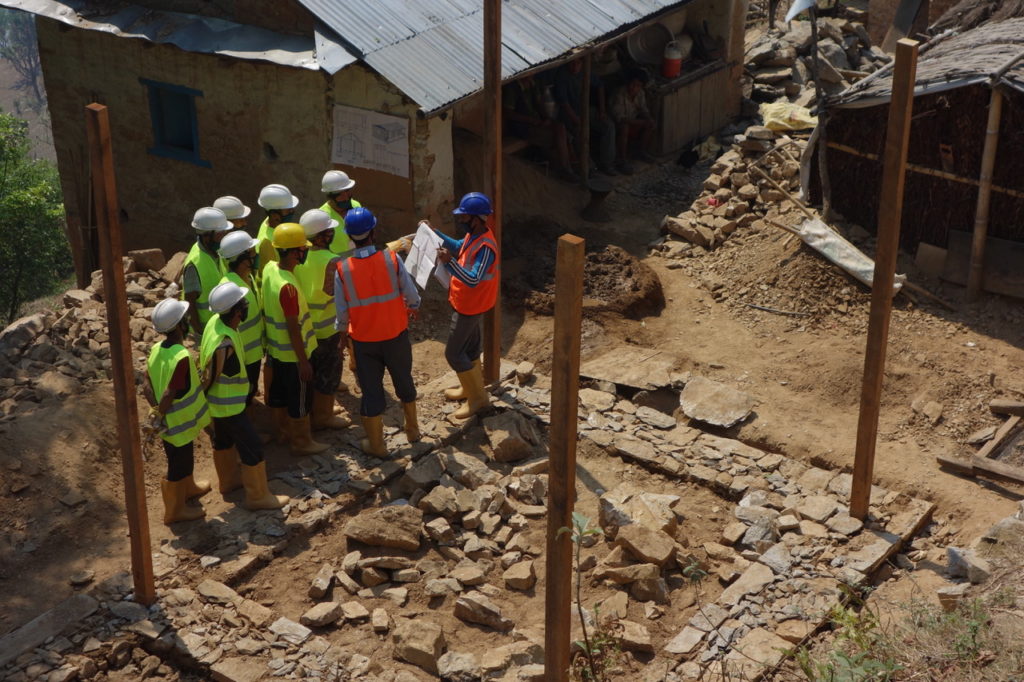
Module 2
Technical support to the villagers, in order to ensure the use of sustainable, anti-seismic techniques for everyone.
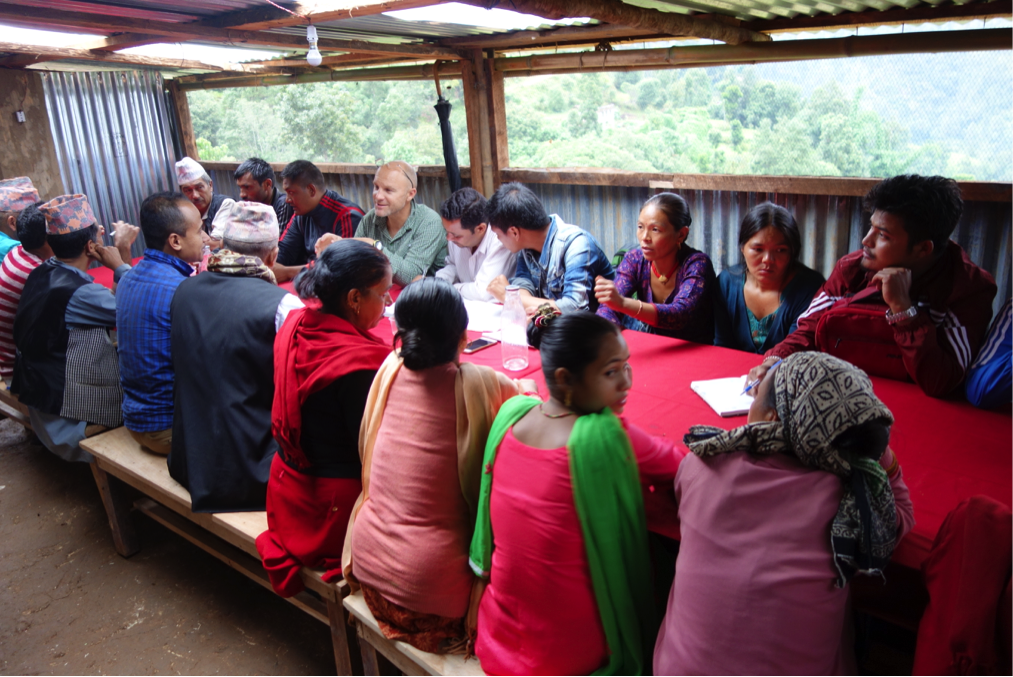
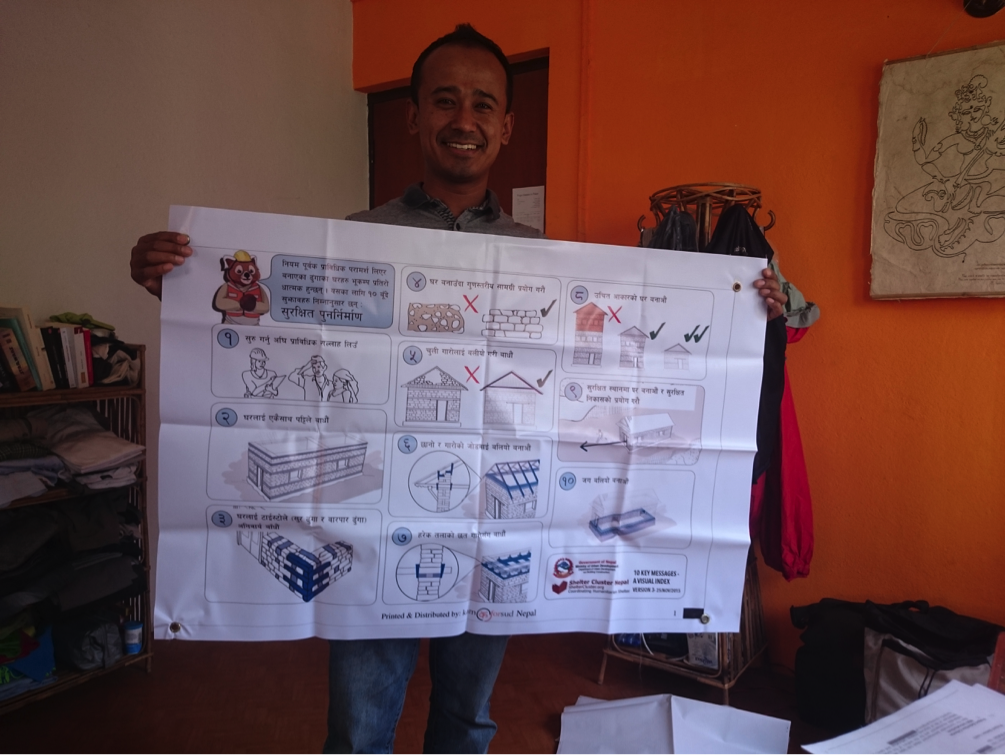
Module 3
Support to the reconstruction of 800 private houses
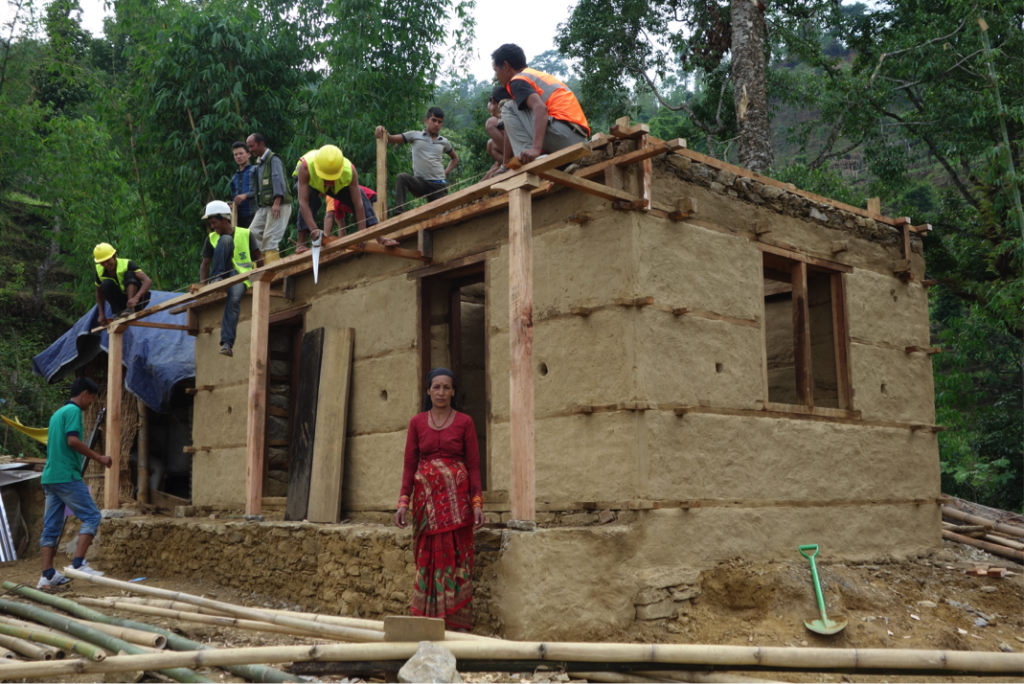
Module 4
Reconstruction of the public infrastructures (two schools and a health post with maternity ward)
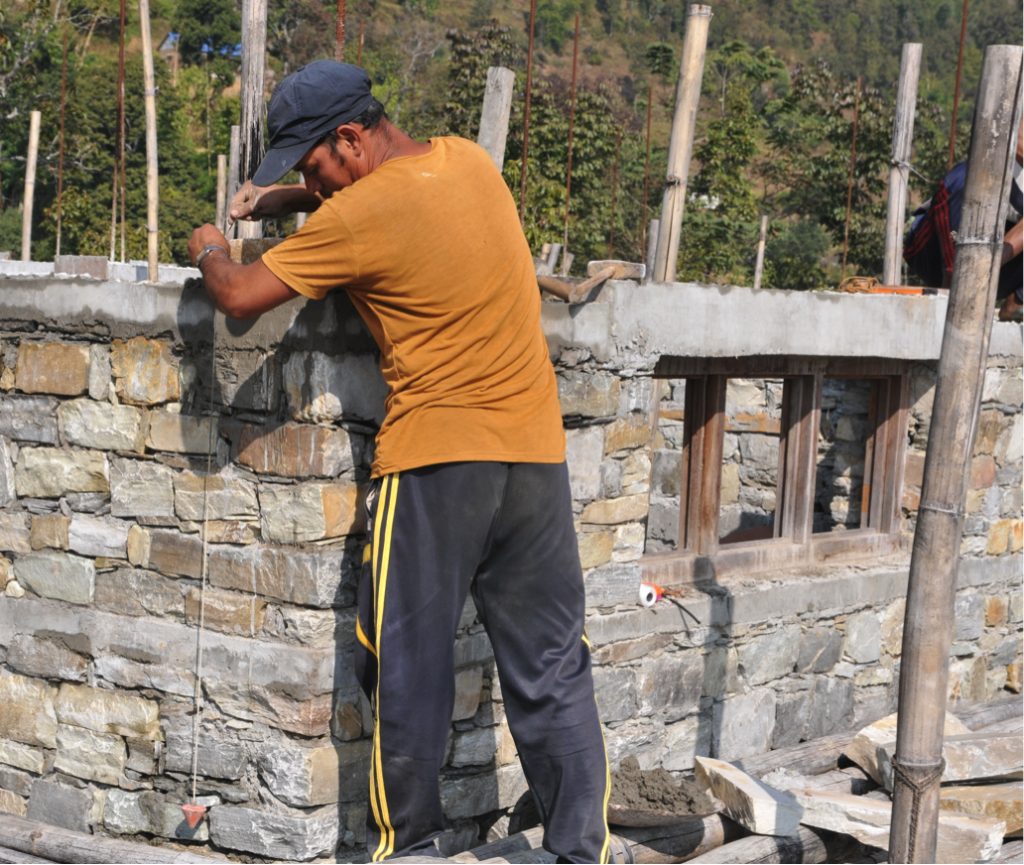

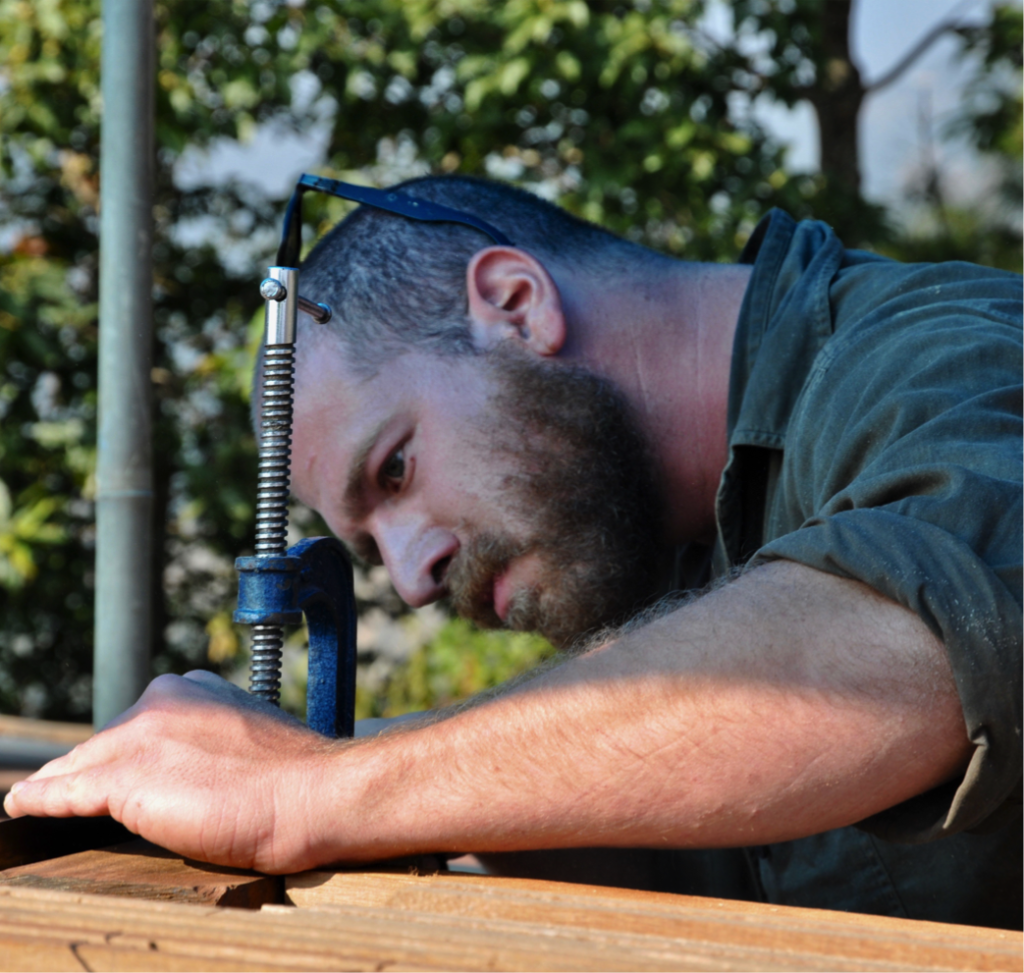
The project could be successful thanks to the professional direction of three project-managers, who on turn leaded the local team: the engineer Daniel Pittet in 2016, the architect Giacomo Butte from the beginning of 2017 to June 2018 and the Nepalese engineer Bikash Tajale from July 2018 to May 2019.
In order to complete the local team, beside the project-manager, Kam For Sud also employed a local coordinator, an engineer and two construction sites supervisors, all full-time resident in the base camp.
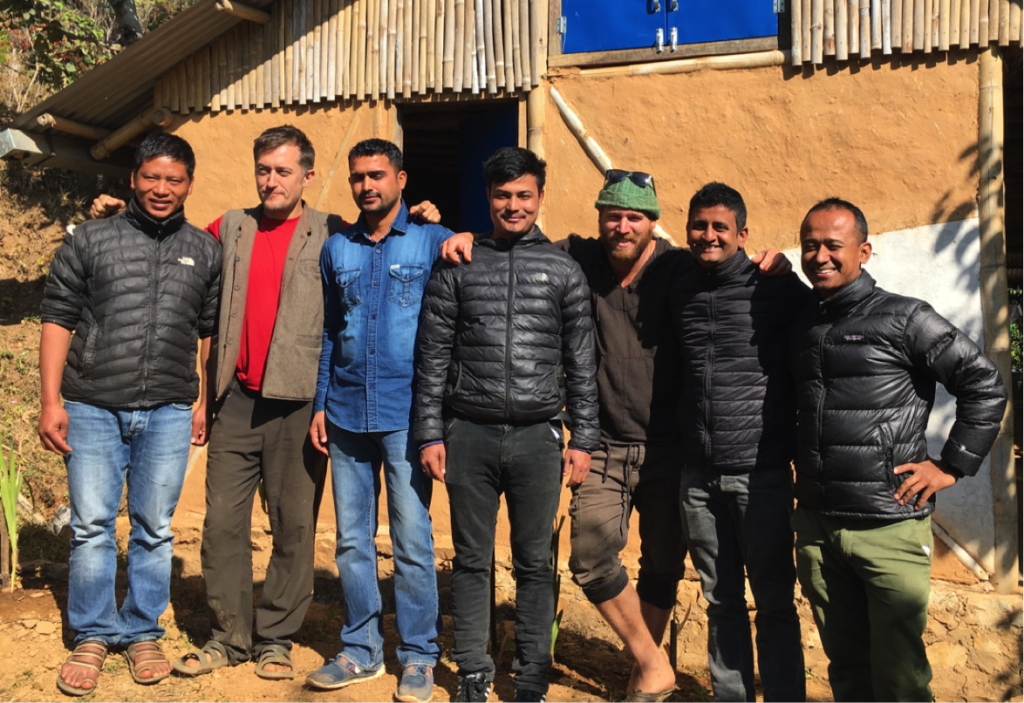
The swiss volunteers and civilists that contributed to the success of the project were:
- Jean Larvego, wood worker (2015 e 2016)
- Lino Tomamichel, mason (2015)
- Rémi Charrière, carpenter (2015)
- Timothée Bovay, carpenter (2016)
- Riccardo Scheuermann, carpenter (2016)
- Leonardo Scheuermann, carpenter (2016)
- Thomas Pferdekämper, engineer (2016)
- Fabio Leoni, mason (2016 e 2017)
- Bjorn Schär, carpenter (2017)
- Valentin Strahm, carpenter (2017 e 2018)
- Sergio Stutzer, carpenter (2018)
- Jordan Kouto, site manager (2018)
3) The results
Over 800 private houses were rebuilt in Saipu with anti-seismic techniques, on May 12th 2019 the two schools and the health post with maternity ward were officially handed over to the Nepalese government, who appoints the needed staff and provides the respective salaries for a good functioning of the structures.
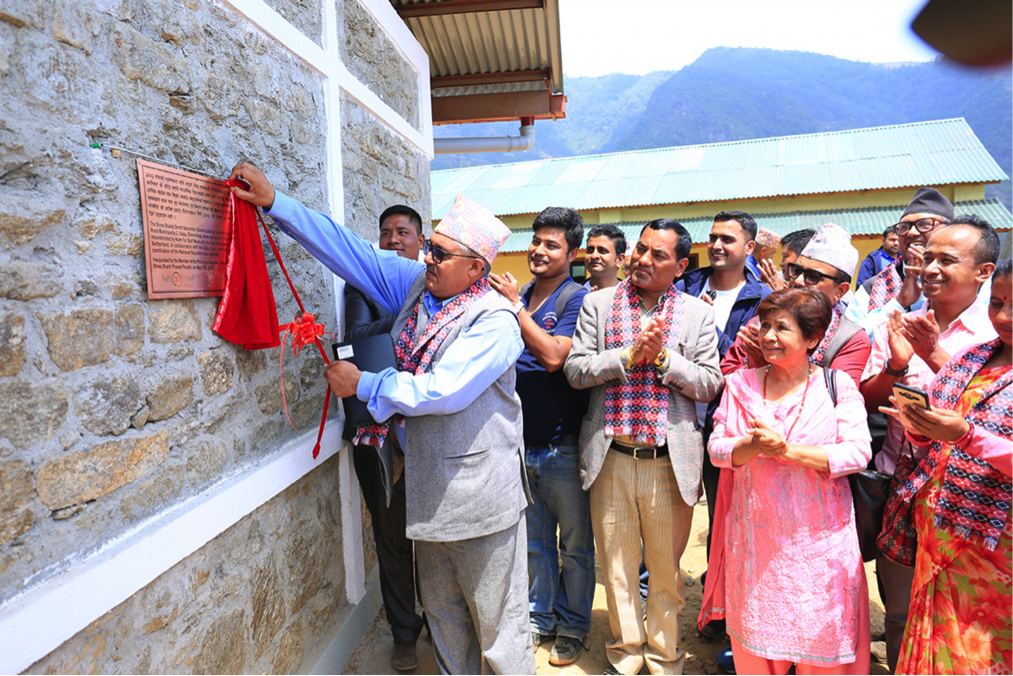

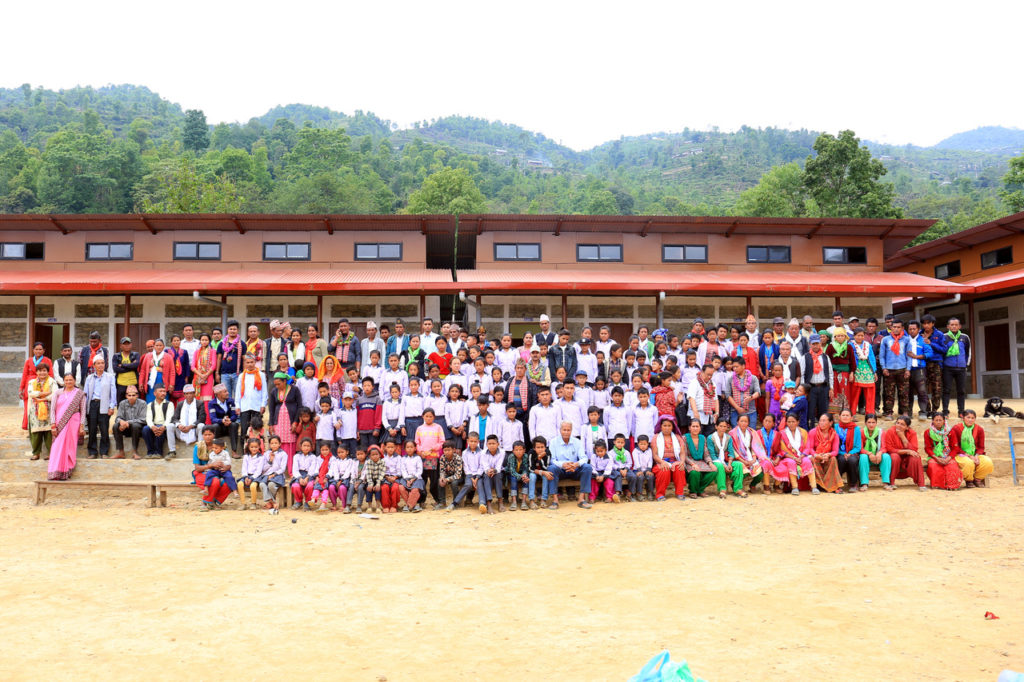

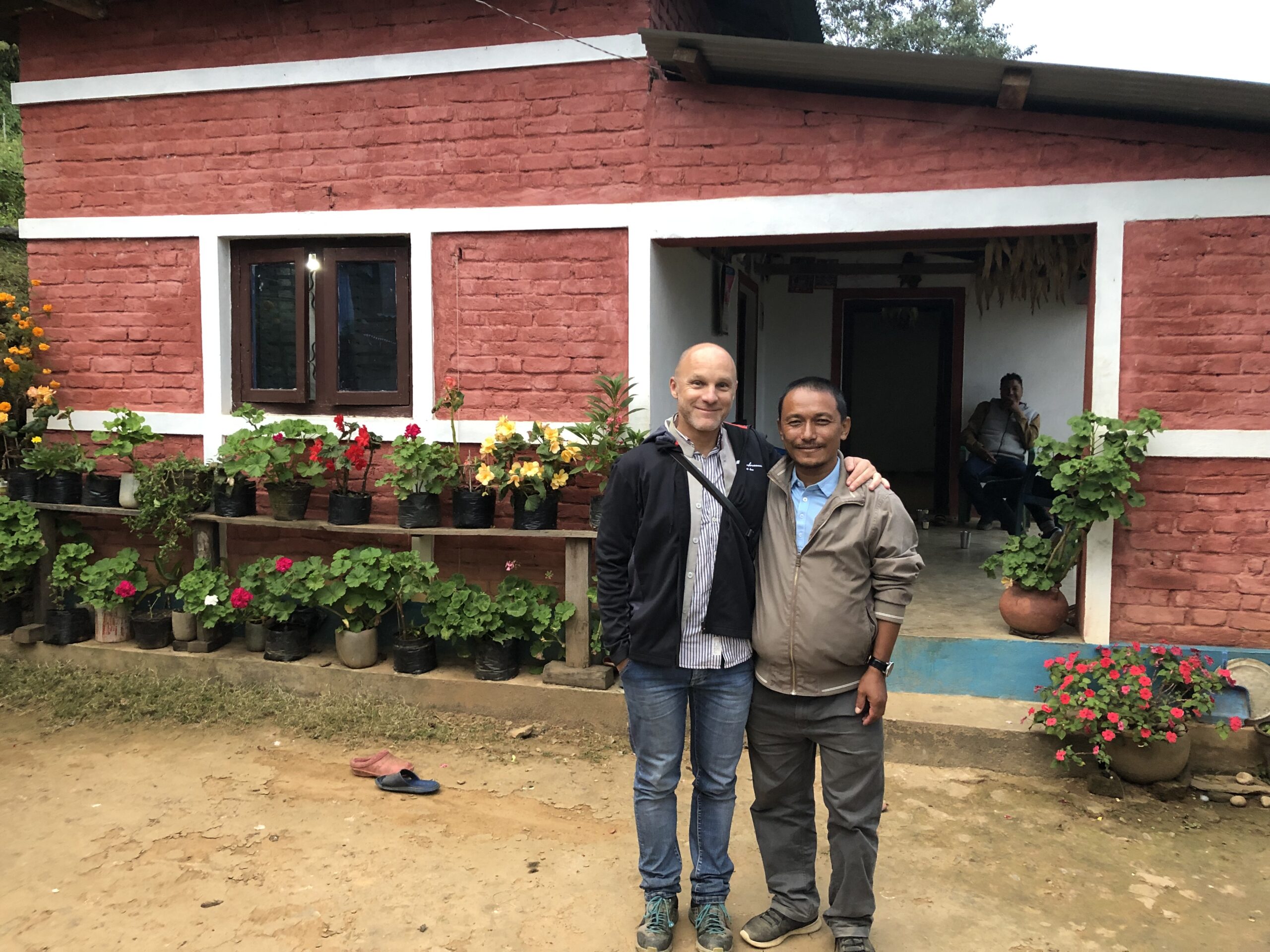

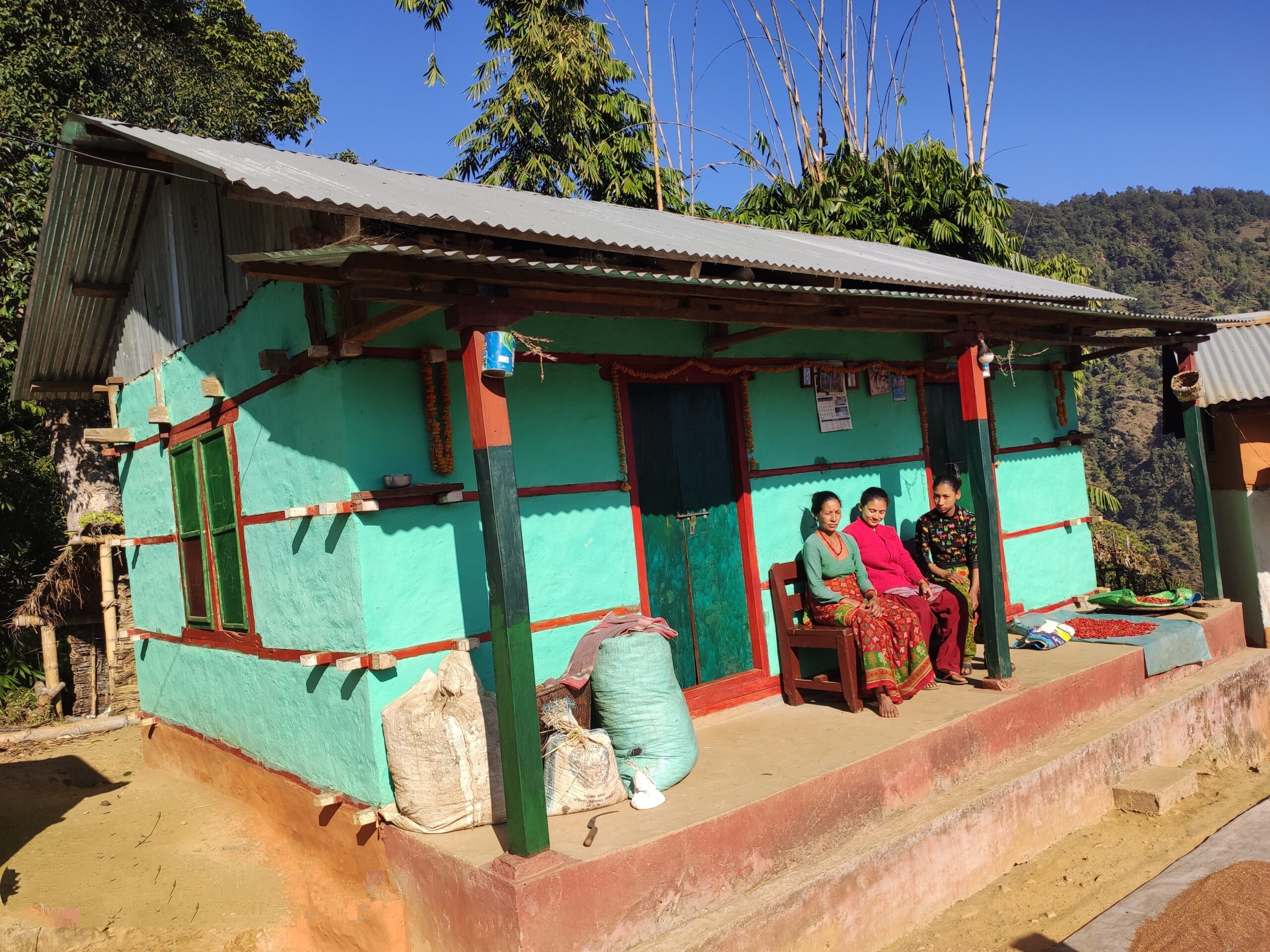
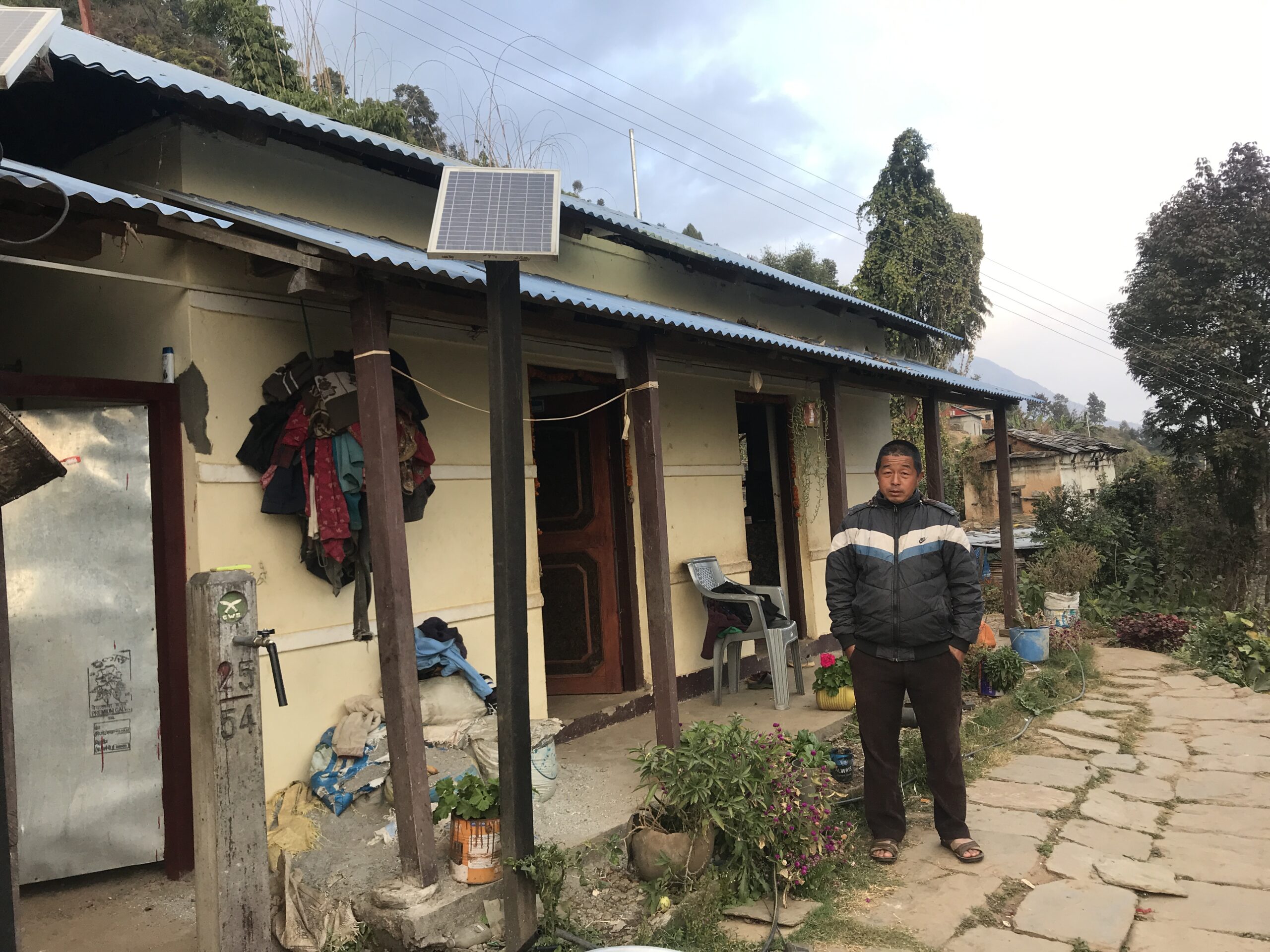
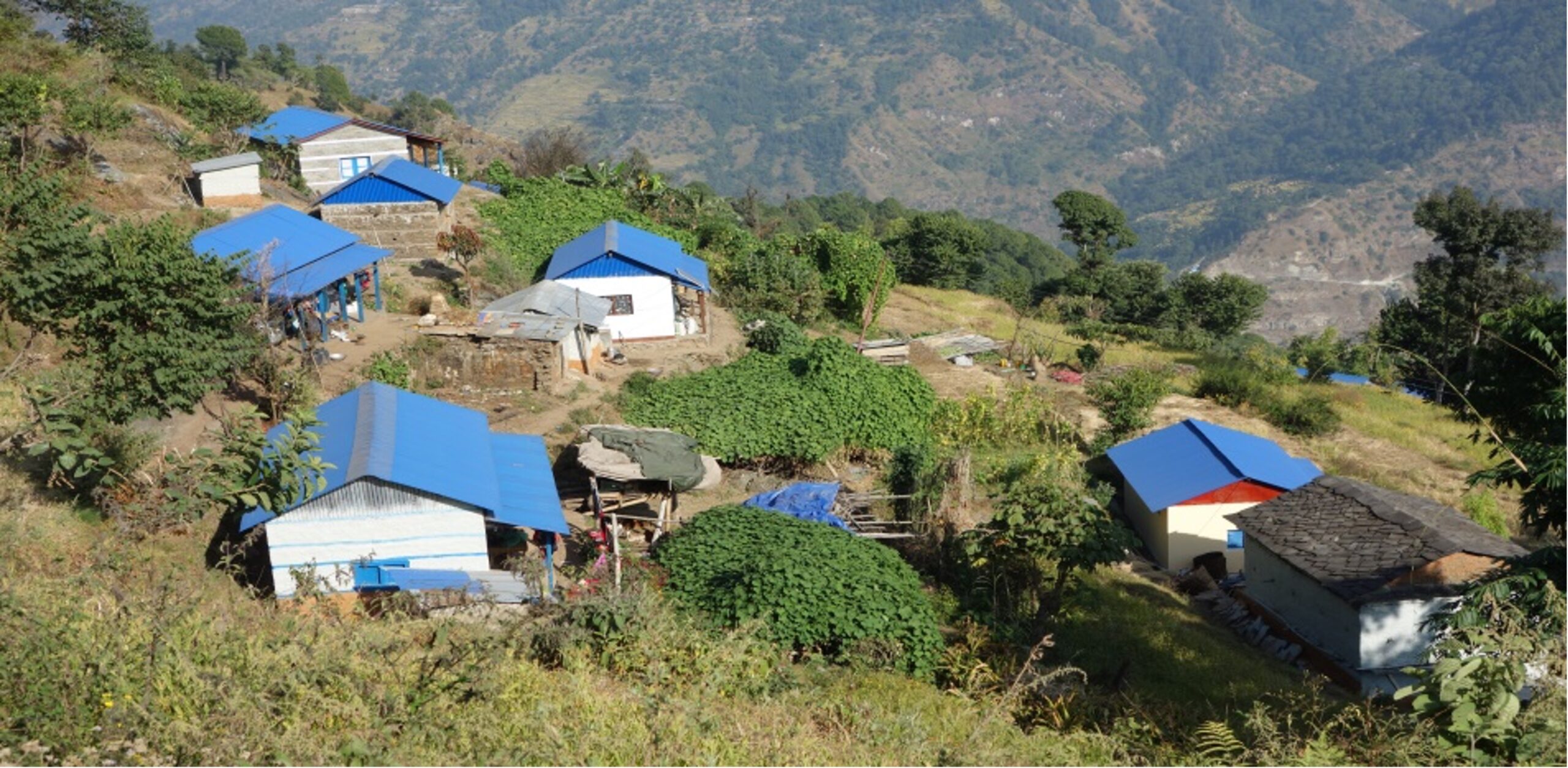
The project has been concluded in Fall 2019, with a celebration in Saipu held on October 23rd 2019.
